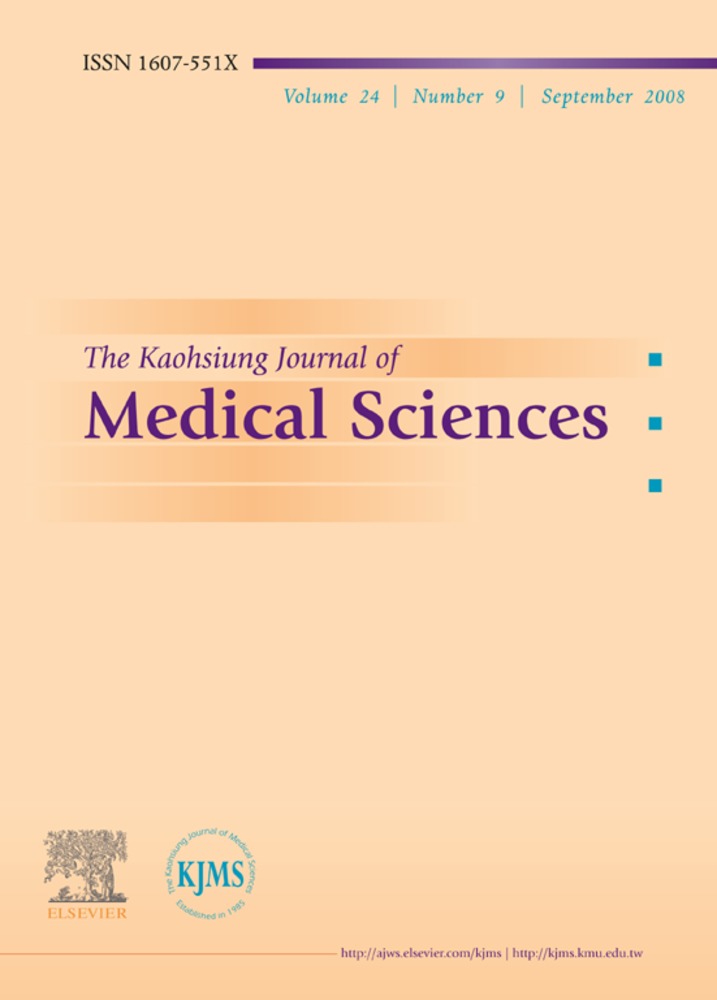Health-related Quality of Life Taiwanese Dialysis Patients: Effects of Dialysis Modality
Abstract
Taiwan has the highest incidence and prevalence of end-stage renal disease worldwide. However, not many studies have focused on the influence of dialysis modality on health-related quality of life (HRQoL) for dialysis patients in Taiwan. This study intended to compare the differences in HRQoL between peritoneal dialysis (PD) and hemodialysis (HD) and to evaluate the effects of dialysis modality on patient HRQoL. A cross-sectional survey using the Taiwan-version 36-item short-form health survey questionnaire (SF-36) was completed by 244 dialysis patients (58 PD and 186 HD patients) at two hospital-based dialysis units in southern Taiwan. Patient characteristics, diagnoses and laboratory data were individually extracted from the annual survey and matched with primary HRQoL data. Multiple linear regression analysis was performed to evaluate the effects of dialysis modality on HRQoL. Compared with HD patients, PD patients had higher scores in six of the eight SF-36 subscales, including physical functioning, role limitations due to physical and emotional problems, bodily pain, vitality, and mental health. However, only role limitations due to emotional problems and bodily pain reached significant difference levels (p < 0.05). After controlling for patient characteristics, comorbid conditions and laboratory values, the bodily pain score was 7.88 points higher for PD patients compared with HD patients, while the social functioning score was 9.00 points higher for HD patients compared with PD patients (p < 0.05). The present study provides cross-sectional confirmation for equivalent levels of HRQoL between PD and HD patients except for the subscales of bodily pain and social functioning. In addition to dialysis modality, HRQoL for dialysis patients may be more related to personal attributes, interactions with multiple diseases, social support and quality of care received. When informing patients about modality choices for dialysis, trade-offs should be discussed and individual preferences for specific aspects of HRQoL should be considered.




